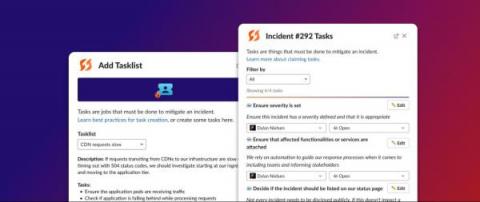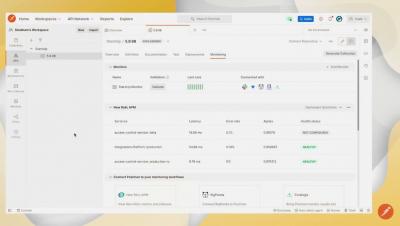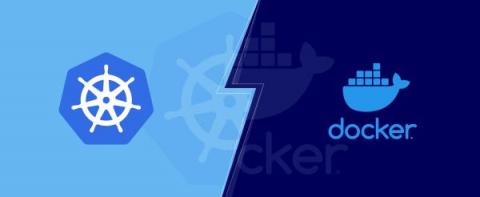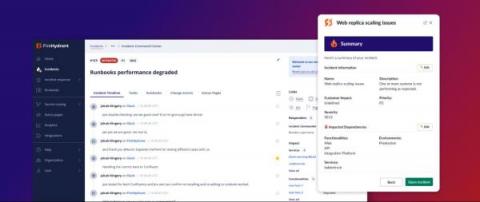Incident Review & Postmortem Reports: 8 Best Practices
People make mistakes, technology breaks down, and processes aren’t infallible. But, when incidents happen, what can we do about it? What can we learn? As with all things, learning isn’t a binary action, it’s a process. And, when an incident occurs, organizations typically conduct a post-mortem analysis and generate a post-incident review to uncover what went wrong and why.











